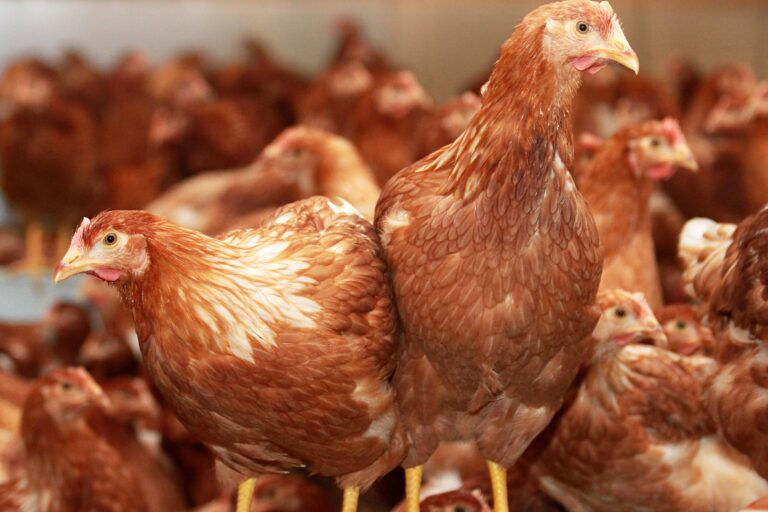Free-range egg producers are being reminded to keep up worming regimes during the housing order.
Jeremy Marsh, layer business manager at Elanco, said housed birds will come into increased contact with their own faeces.
“Due to the varying number of parasitic worms combined with the current way that laying hens are housed, the risk of these parasites causing production losses is inevitable.
“Although birds aren’t currently able to go outside, increased contact with faeces while in sheds means that worms are more easily picked up and spread,” said Marsh.
There are four different types of worms which typically impact bird health and performance: roundworms, hairworms, caecal worms and gapeworms.
“While a heavy burden of any of the four main species can lead to disease, hairworms carry the greatest risk,” said Marsh.
Hairworms can be found in the stomach and intestines of chickens. They are typically the smallest species affecting chickens and are almost invisible to the naked eye.
Marsh explained that despite their small size, hairworms are often considered the most dangerous, as even small burdens can be fatal for birds.
“The symptoms of hairworms vary but often lead to reduced egg production, weight loss, reduced food intake, diarrhoea, anaemia and death. The most obvious symptoms are the birds looking stressed and generally unwell, appearing dull and hunched,” said Marsh.
He advised that throughout the housing order, egg producers continue to follow standard worming protocols.
“Most birds are wormed in six-week intervals throughout the production cycle, with some exceptions upon veterinary advice.
“Because there are a number of different species that can be problematic, the ideal solution is to use a wormer that tackles all major species at all lifecycle stages, to give a full spectrum of control,” he added.


